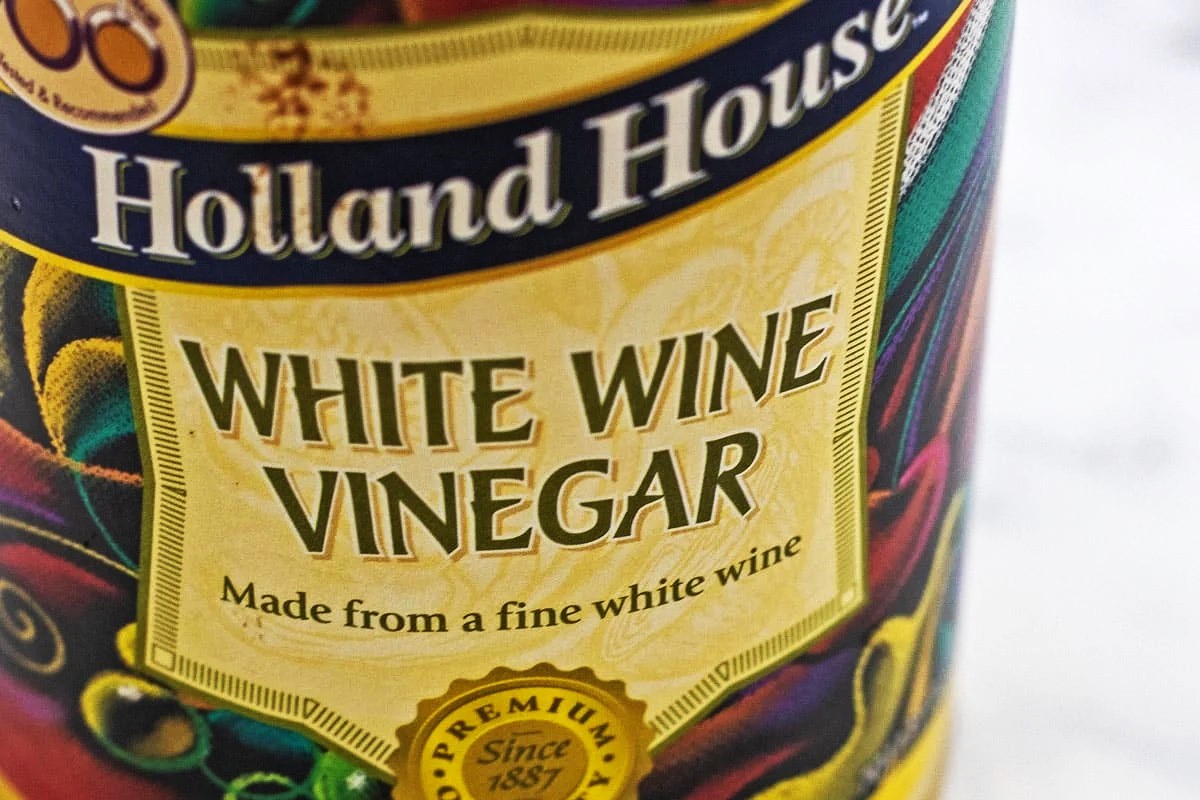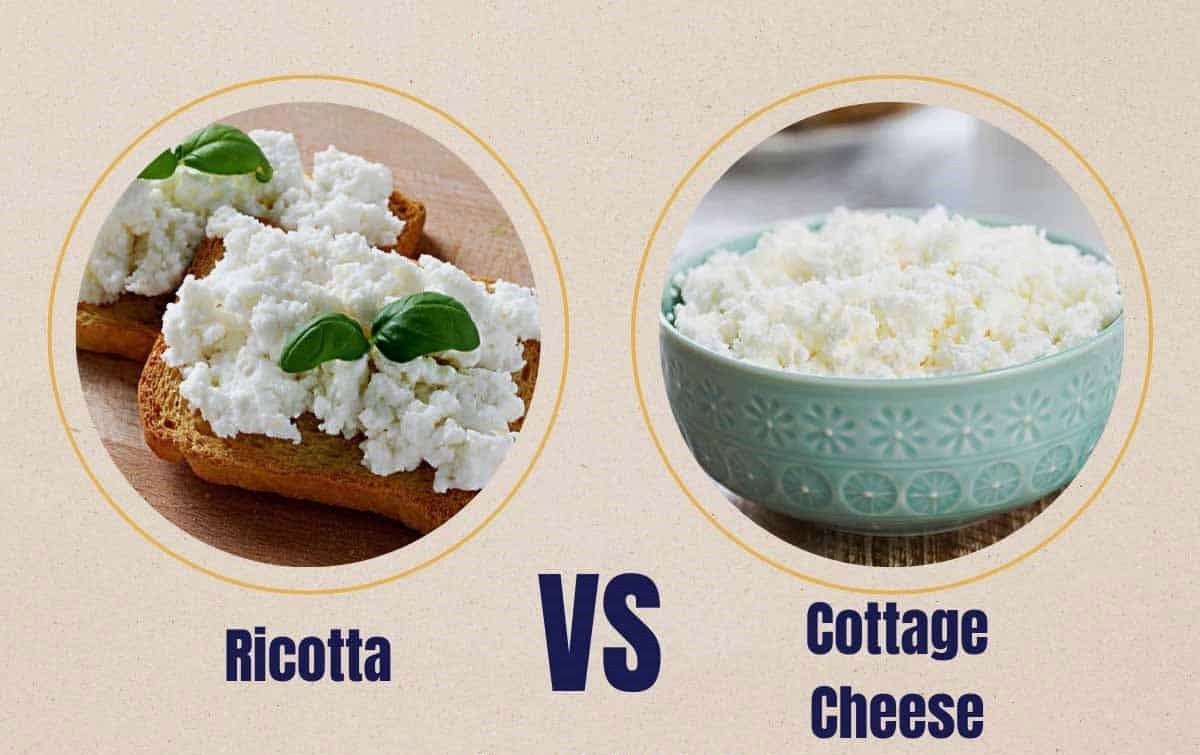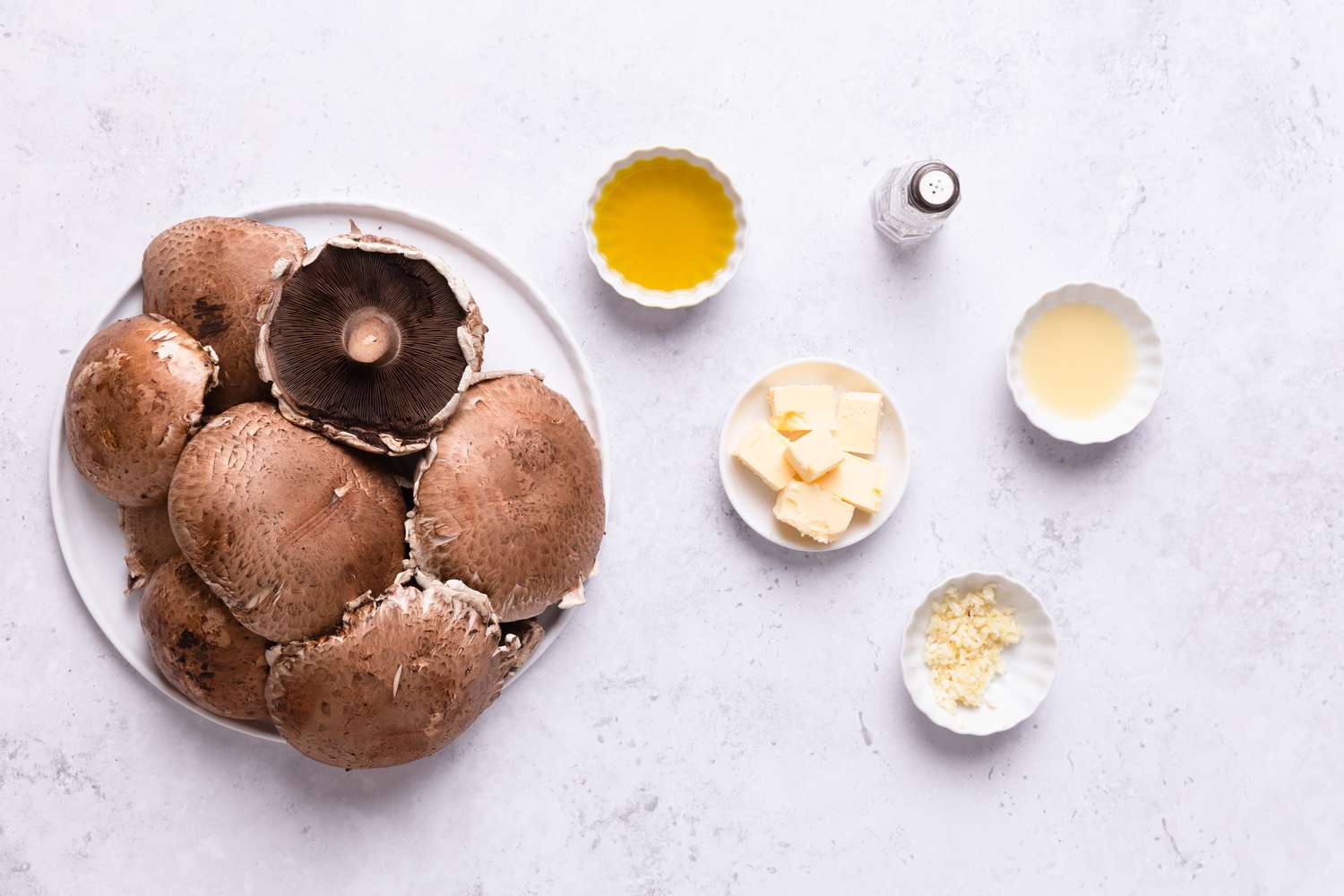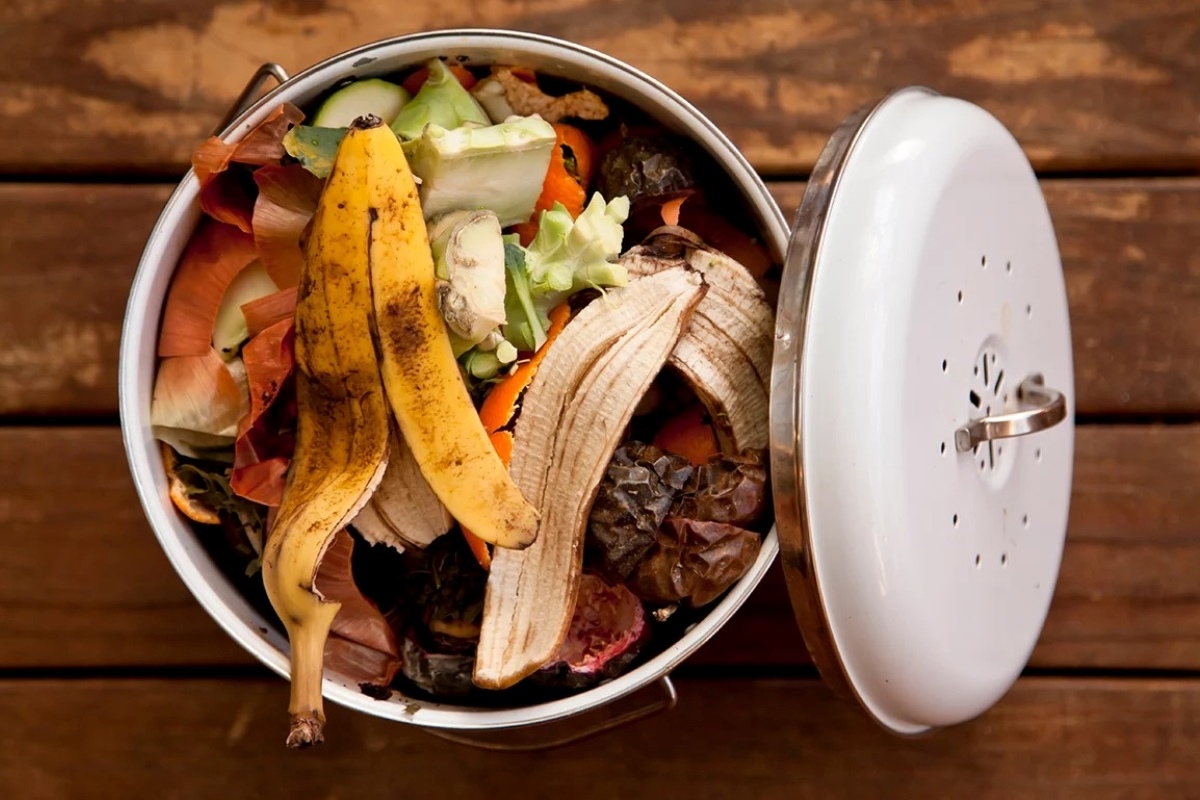Home>Food and Cooking>The Shocking Truth About Cheese: Is It Halal Or Haram?
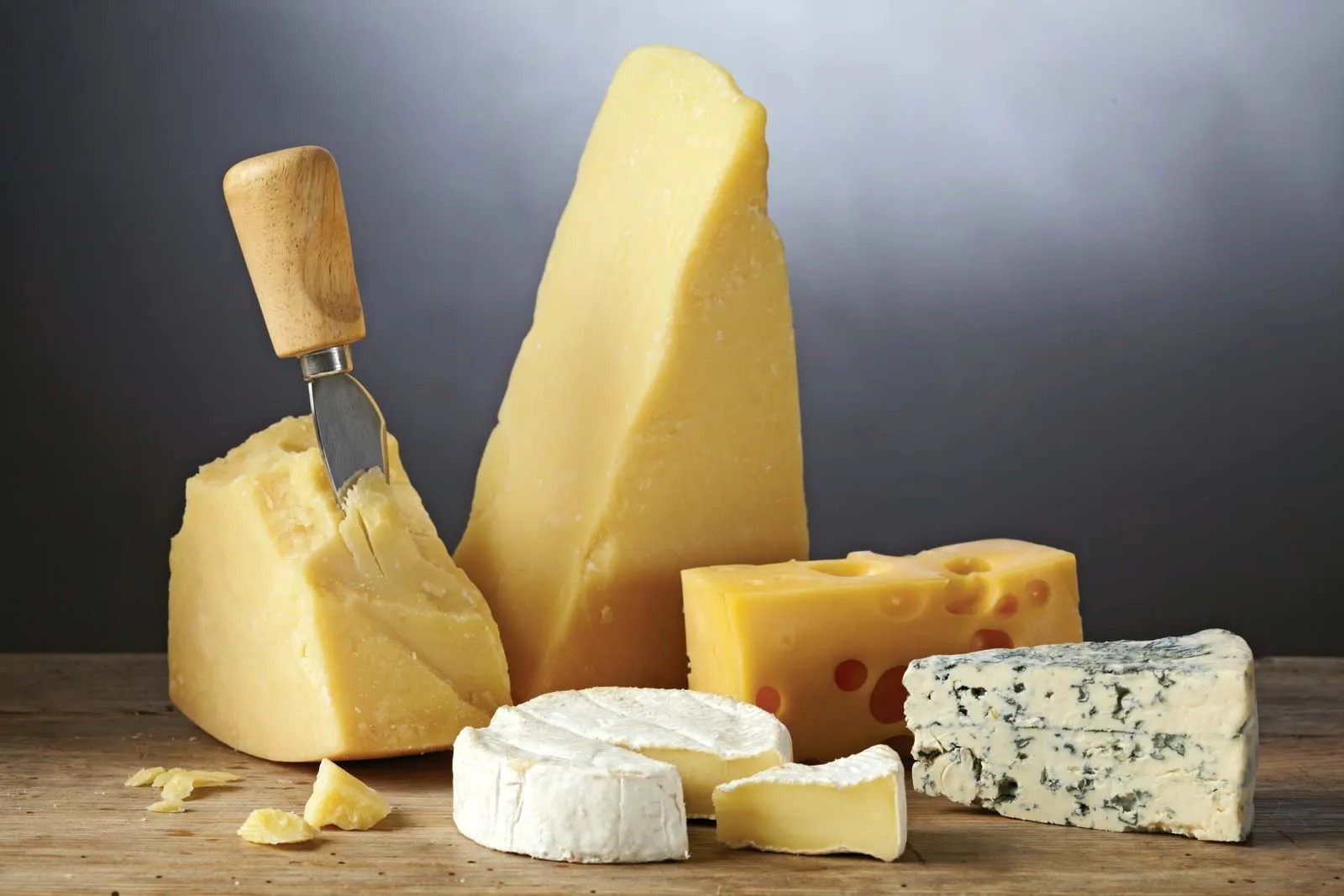

Food and Cooking
The Shocking Truth About Cheese: Is It Halal Or Haram?
Published: February 1, 2024
Discover the truth about the halal or haram status of cheese in this insightful exploration of food and cooking. Uncover the shocking revelations now!
(Many of the links in this article redirect to a specific reviewed product. Your purchase of these products through affiliate links helps to generate commission for Noodls.com, at no extra cost. Learn more)
Table of Contents
Introduction
Cheese, a beloved and versatile dairy product, has found its way into countless culinary creations around the world. From the creamy richness of brie to the tangy sharpness of cheddar, cheese adds depth and flavor to a wide array of dishes. However, for those who adhere to Islamic dietary laws, the question of whether cheese is halal or haram can spark intense debate and uncertainty.
In this article, we will delve into the fascinating world of cheese, uncovering the truth behind its halal or haram status. We will explore the intricate process of cheese making, shedding light on the controversial ingredient at the heart of the matter. By understanding the nuances of cheese production and the key factors that determine its halal or haram classification, we aim to provide clarity and insight for those seeking to navigate the complexities of cheese consumption within the framework of Islamic dietary guidelines.
Join us on this enlightening journey as we unravel the mysteries surrounding cheese and its compatibility with halal dietary practices. Let's embark on a flavorful exploration that will unveil the truth about cheese, leaving you equipped with the knowledge to make informed choices about this beloved dairy delight.
Understanding Halal and Haram
In the context of Islamic dietary laws, the concepts of halal and haram hold significant importance, shaping the food choices and consumption practices of millions around the world. Halal, which translates to "permissible" in Arabic, encompasses a wide range of guidelines governing what is acceptable for consumption according to Islamic principles. On the other hand, haram, meaning "forbidden," denotes substances and practices that are prohibited within the Islamic dietary framework.
The determination of whether a food item is halal or haram is based on a set of criteria and principles outlined in Islamic jurisprudence. These guidelines encompass various aspects, including the source of the food, the method of production, and the presence of specific ingredients. For a food item to be classified as halal, it must adhere to these criteria, ensuring that it aligns with the ethical and spiritual values of Islamic teachings.
In the case of cheese, the halal or haram status is intricately linked to the ingredients and processes involved in its production. Understanding the nuances of cheese making and the components utilized is essential in evaluating its compatibility with halal dietary requirements. This involves delving into the details of rennet, a key enzyme used in the coagulation of milk during cheese production.
As we navigate the complexities of halal and haram classifications, it becomes evident that the adherence to these dietary principles extends beyond mere sustenance. It reflects a profound connection to faith, morality, and the preservation of ethical standards in food consumption. By gaining a deeper understanding of the underlying principles of halal and haram, individuals can make informed choices that resonate with their religious beliefs and cultural heritage.
In the following sections, we will explore the process of cheese making and shed light on the controversial ingredient at the heart of the halal or haram debate. Through this exploration, we aim to provide clarity and insight, empowering individuals to navigate the intricate landscape of cheese consumption within the framework of Islamic dietary guidelines.
The Process of Cheese Making
The art of cheese making is a time-honored craft that dates back centuries, encompassing a series of carefully orchestrated steps that transform milk into the diverse array of cheeses enjoyed worldwide. The process begins with the selection of high-quality milk, typically sourced from cows, goats, sheep, or buffalo. The milk serves as the fundamental ingredient, setting the stage for the intricate alchemy that unfolds during cheese production.
Curdling and Coagulation
The first crucial stage in cheese making involves curdling the milk to initiate the separation of curds and whey. This is achieved through the addition of a coagulating agent, traditionally rennet, which plays a pivotal role in catalyzing the coagulation process. As the rennet is introduced, it interacts with the milk, causing it to curdle and form a gel-like substance. This transformative phase marks the beginning of the journey from liquid milk to solid curds, a fundamental step in cheese production.
Cutting and Draining
Once the curds have formed, they are carefully cut into smaller pieces to facilitate the expulsion of whey. This critical step allows the curds to release moisture, consolidating their texture and laying the groundwork for the unique characteristics of each cheese variety. The curds are then gently stirred and heated, contributing to the development of their distinct flavor and texture profiles.
Molding and Pressing
Following the draining process, the curds are molded into specific shapes, imparting the desired form to the emerging cheese. Depending on the type of cheese being produced, varying degrees of pressing may be applied to expel additional moisture and achieve the desired consistency. This stage plays a pivotal role in shaping the texture and density of the cheese, influencing its sensory attributes and culinary applications.
Ripening and Aging
Once the cheese has been molded and pressed, it embarks on a journey of ripening and aging, a transformative period that bestows depth and complexity upon the emerging flavors. During this phase, the cheese is subjected to controlled conditions, such as temperature and humidity, which foster the development of its distinctive taste and aroma. The duration of aging varies widely among different cheese types, ranging from weeks to years, resulting in a diverse spectrum of flavors and textures.
The Role of Microorganisms
Throughout the cheese making process, a myriad of microorganisms, including bacteria and molds, contribute to the flavor development and textural nuances of the cheese. These microscopic agents play a vital role in shaping the intricate flavor profiles and sensory characteristics that define each cheese variety, adding depth and complexity to the final product.
In essence, the process of cheese making is a harmonious interplay of science, tradition, and artistry, culminating in the creation of an incredibly diverse and beloved culinary staple. The careful orchestration of curdling, cutting, molding, and aging yields a rich tapestry of flavors and textures, showcasing the remarkable diversity of cheeses that grace tables and tantalize palates across the globe.
Rennet: The Controversial Ingredient
At the heart of the halal or haram debate surrounding cheese lies a seemingly innocuous yet contentious ingredient: rennet. Rennet, a complex of enzymes derived from the stomach lining of young ruminant animals, serves as a crucial component in the coagulation of milk during the cheese making process. This natural coagulant plays a pivotal role in transforming liquid milk into solid curds, a fundamental step that underpins the creation of cheese.
Traditionally, rennet has been sourced from the fourth stomach of young calves, where it is naturally produced to aid in the digestion of milk. The enzymatic action of rennet causes the milk to coagulate, leading to the formation of curds that ultimately give rise to cheese. However, the utilization of rennet derived from animal sources raises significant concerns within the context of halal dietary guidelines.
The primary issue surrounding rennet centers on its extraction from animal stomachs, particularly from non-halal sources. The Islamic dietary laws stipulate that the consumption of animal-derived products is permissible only if the animal has been slaughtered in accordance with specific ritualistic practices. This requirement extends to the sourcing of rennet, presenting a critical challenge in determining the halal status of cheeses produced using traditional animal-derived rennet.
In response to these concerns, the cheese industry has witnessed the emergence of alternative sources of rennet, including microbial and vegetable-based enzymes. Microbial rennet, derived from genetically modified microorganisms, and vegetable rennet, extracted from plants such as thistle or fig leaves, offer non-animal-based alternatives that align with halal dietary requirements. These substitutes have paved the way for the production of cheeses that cater to the halal market, addressing the ethical and religious considerations surrounding rennet utilization.
The availability of non-animal rennet options has significantly expanded the range of halal-certified cheeses, providing consumers with a broader selection while upholding the principles of Islamic dietary laws. This development underscores the adaptability and innovation within the cheese industry, as producers strive to accommodate diverse dietary preferences and cultural requirements.
In essence, the controversy surrounding rennet underscores the intricate intersection of tradition, ethics, and technological advancement within the realm of cheese production. The evolution of rennet sourcing reflects a conscientious effort to reconcile age-old practices with contemporary dietary sensitivities, offering a testament to the dynamic nature of culinary traditions in a globalized world.
Halal and Haram Cheese: What to Look For
When seeking out halal-certified cheese or aiming to discern the halal or haram status of a particular cheese variety, several key considerations come into play. Understanding these factors empowers individuals to make informed choices that align with their dietary preferences and religious beliefs. Here are essential aspects to look for when evaluating the halal or haram status of cheese:
Rennet Source
The primary determinant of a cheese's halal status revolves around the source of the coagulating agent, commonly known as rennet. Traditional animal-derived rennet, particularly from non-halal sources, raises concerns regarding its compatibility with Islamic dietary guidelines. As such, individuals seeking halal-certified cheese should prioritize products made with non-animal rennet, such as microbial or vegetable-based enzymes, which adhere to halal principles.
Halal Certification
Seeking out cheeses that bear official halal certification from recognized Islamic authorities provides a reliable indicator of their compliance with halal standards. Halal-certified cheeses undergo rigorous scrutiny to ensure that their ingredients, production processes, and handling align with the requirements set forth in Islamic dietary laws. This certification offers consumers assurance regarding the halal status of the cheese, instilling confidence in their choices.
Ingredient Transparency
Examining the ingredient list of a cheese product is crucial in determining its halal or haram status. Look for clear indications of the type of rennet used in the cheese-making process, as well as any other ingredients that may raise concerns regarding their halal compliance. Transparency in ingredient labeling enables consumers to make informed decisions based on their specific dietary considerations.
Ethical Sourcing Practices
In addition to the rennet source, ethical considerations surrounding the sourcing and handling of dairy products play a role in evaluating the halal status of cheese. Ensuring that the milk used in cheese production adheres to ethical and humane practices aligns with the broader principles of halal consumption, reflecting a holistic approach to ethical dietary choices.
Cultural Sensitivity
Recognizing the cultural and regional variations in cheese production and consumption is essential when navigating the halal or haram status of cheese. Different cheese varieties may be subject to diverse production methods and ingredient sources, warranting a nuanced understanding of these factors within the context of halal dietary guidelines.
By considering these essential aspects, individuals can navigate the landscape of cheese consumption with a heightened awareness of the factors influencing the halal or haram status of cheese. This informed approach empowers individuals to make conscientious choices that resonate with their religious and dietary convictions, fostering a harmonious integration of culinary enjoyment and cultural adherence.
Conclusion
In conclusion, the determination of whether cheese is halal or haram is a multifaceted issue that intertwines culinary traditions, ethical considerations, and religious principles. The complexities surrounding rennet sourcing and the cheese making process underscore the need for a nuanced understanding of the factors influencing the halal status of cheese. As individuals navigate the landscape of cheese consumption within the framework of Islamic dietary guidelines, several key insights emerge.
First and foremost, the evolution of rennet sourcing reflects the adaptability and innovation within the cheese industry, as producers strive to accommodate diverse dietary preferences and cultural requirements. The emergence of non-animal rennet alternatives has significantly expanded the range of halal-certified cheeses, offering consumers a broader selection while upholding the principles of Islamic dietary laws. This development underscores the dynamic nature of culinary traditions in a globalized world, where tradition and innovation converge to meet the evolving needs of diverse consumer demographics.
Furthermore, the availability of halal-certified cheeses and the emphasis on ingredient transparency and ethical sourcing practices provide consumers with the assurance and confidence to make informed choices that align with their religious beliefs. By prioritizing products made with non-animal rennet and seeking out official halal certification, individuals can navigate the cheese market with heightened awareness, ensuring that their dietary choices resonate with their cultural and ethical convictions.
Ultimately, the quest to discern the halal or haram status of cheese transcends mere dietary considerations, reflecting a profound connection to faith, morality, and the preservation of ethical standards in food consumption. By gaining a deeper understanding of the intricacies of cheese production and the key factors that determine its halal or haram classification, individuals can make conscientious choices that resonate with their religious beliefs and cultural heritage.
In essence, the journey to uncover the truth about cheese and its compatibility with halal dietary practices unveils a rich tapestry of culinary traditions, ethical considerations, and the dynamic evolution of the cheese industry. Armed with knowledge and insight, individuals can embark on a flavorful exploration that celebrates the diversity of cheese while honoring the principles of halal consumption, fostering a harmonious integration of culinary enjoyment and cultural adherence.
